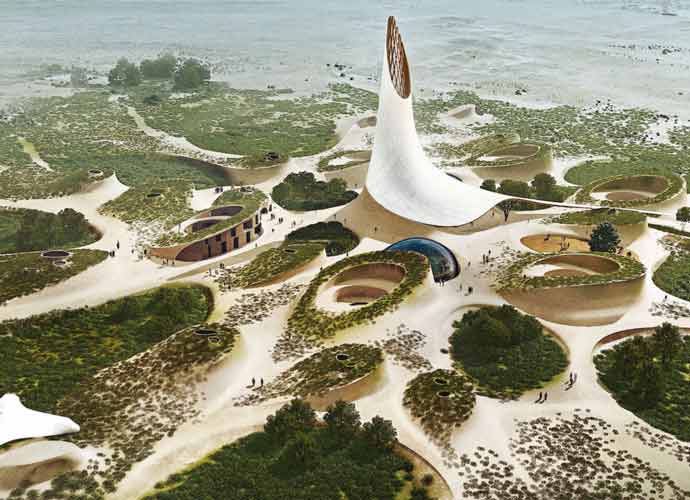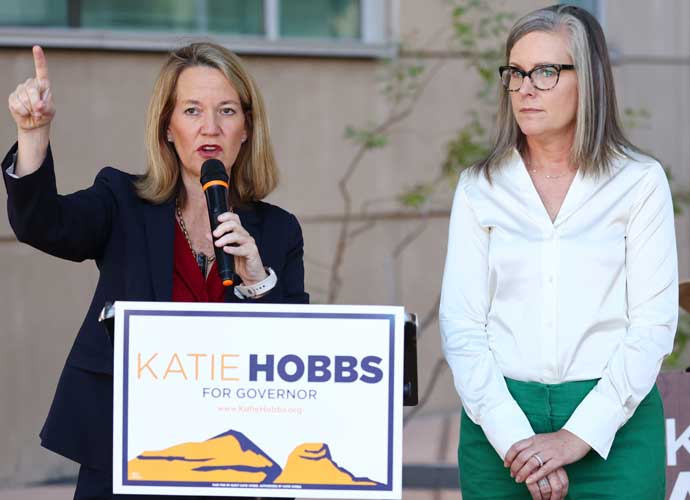Burning Man Plans To Build Permanent City In Nevada Desert
Like most large events in 2020, Burning Man canceled its annual festival in Black Rock City, Nevada in 2020 because of the coronavirus. Normally, organizers build a temporary city in the middle of the desert that is burned down at the end of the festival as a symbol. But as Burning Man makes plans for the future, they are also planning to build a permanent, sustainable city in the desert.
Burning Man purchased a piece of land called Fly Ranch in 2016. The land is 3,800 acres located 21 miles north of Gerlach in Washoe County, Nevada. In 1997, the festival was held at Fly Ranch, connecting the land and the organization for multiple decades.
“The intention was for Burning Man Project to create “rural centers and spaces that incubate and showcase collaborative and interactive arts, culture, and community participation.” This purchase is a huge step toward making that dream a reality,” reads a statement on the Burning Man website.
Burning Man partnered with the Land Art Generator Initiative (LAGI) to launch a global competition for people to share their visions of Fly Ranch. They were asked to integrate sustainable systems for energy, water, food, shelter and waste management into what the organizers deem “works of art in the landscape” that support the event’s 2030 sustainability goals.
“This design challenge [was] an invitation to artists, architects, designers, builders, scientists and burners of all kinds to come together and create a collective project that lasts beyond a week in August,” said the organizers. “Through art, technology, and innovation, Fly Ranch will bring together sustainable and scalable solutions for power, water, shelter, food, and regeneration in the Black Rock Desert.”
Ten winners were chosen and will receive grants to create prototypes of their ideas, each one prioritizing sustainability. Examples of the projects include using ferrock as a green alternative to concrete, another employs recycled solar photovoltaic materials to make electricity and another features a bioceramic dome that incorporates drip irrigation, composting toilets, and seed banks.
RELATED ARTICLES
Get the most-revealing celebrity conversations with the uInterview podcast!









Leave a comment